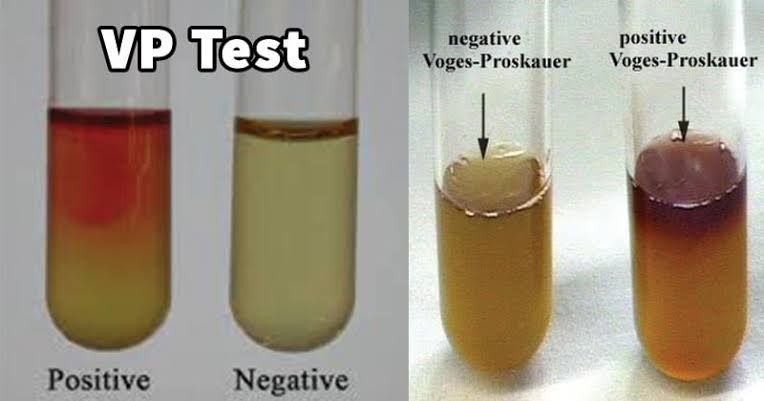
Biochemical tests are essential tools in microbiology for identifying bacterial species based on their metabolic activities. These tests exploit the unique biochemical pathways and enzyme production characteristics of different bacteria. Below is a detailed step-by-step explanation of various common biochemical tests used for bacterial identification.
1. Catalase Test
Purpose: To identify bacteria that produce the enzyme catalase, which breaks down hydrogen peroxide into water and oxygen.
Procedure:
- Place a small amount of bacterial culture on a clean microscope slide.
- Add one drop of 3% hydrogen peroxide (H2O2) to the culture.
- Observe for bubble formation within 10 seconds. The presence of bubbles indicates a positive result, meaning the bacterium produces catalase.
2. Oxidase Test
Purpose: To determine if bacteria produce cytochrome c oxidase, an enzyme involved in the electron transport chain.
Procedure:
- Use a sterile toothpick to pick a colony from an agar plate.
- Apply the colony to one quadrant of an oxidase test slide or filter paper impregnated with tetramethyl-p-phenylenediamine dihydrochloride (TMPPD).
- Wait for about 10-20 seconds and observe any color change. A dark blue or purple color indicates a positive result.
3. Indole Production Test
Purpose: To identify bacteria capable of converting tryptophan into indole using the enzyme tryptophanase.
Procedure:
- Inoculate a tube containing tryptone broth with the bacterial culture.
- Incubate at 37°C for 24 hours.
- After incubation, add a few drops of Kovac’s reagent to the broth.
- A red ring at the top indicates a positive result, confirming indole production.
4. Urease Test
Purpose: To detect urease activity, which hydrolyzes urea into ammonia and carbon dioxide, raising the pH.
Procedure:
- Inoculate urea broth or urea agar with the bacterial culture.
- Incubate at 37°C for 18–24 hours.
- Observe color changes; pink indicates a positive result due to increased pH from ammonia production.
5. Triple Sugar Iron (TSI) Test
Purpose: To assess carbohydrate fermentation and hydrogen sulfide (H2S) production by Enterobacteriaceae family members.
Procedure:
- Stab inoculate TSI slant/deep with the bacterial culture using a sterile needle.
- Incubate at 37°C for up to 24 hours.
- Observe color changes in both slant and butt:
- Yellow color indicates acid production from glucose fermentation.
- Black precipitate indicates H2S production.
- Red slant with yellow butt suggests glucose fermentation only.
6. Methyl Red Test
Purpose: To determine mixed acid fermentation capability by measuring pH changes after glucose fermentation.
Procedure:
- Inoculate methyl red broth with the bacterial culture and incubate at 37°C for about 48 hours.
- Add several drops of methyl red indicator to the broth.
- A bright red color indicates a positive result (pH <4.4), while yellow suggests negative results (pH >6).
7. Voges-Proskauer (VP) Test
Purpose: To detect acetoin production during glucose fermentation.
Procedure:
- Inoculate glucose phosphate broth and incubate at 37°C for at least 48 hours.
- Add alpha-naphthol followed by potassium hydroxide (KOH).
- A deep red color after mixing indicates acetoin presence, confirming a positive VP test.
8. Citrate Utilization Test
Purpose: To determine if bacteria can utilize citrate as their sole carbon source.
Procedure:
- Inoculate Simmons’ citrate agar slant with the bacterial culture using sterile techniques.
- Incubate at room temperature or at 37°C for up to several days.
- A blue color change in the medium indicates alkaline conditions due to citrate utilization, confirming a positive result.
Conclusion
These biochemical tests provide critical insights into microbial metabolism and enzymatic activities that help differentiate between various bacterial species. By following these procedures accurately, microbiologists can effectively identify unknown bacteria based on their biochemical properties, aiding in clinical diagnostics and research applications.







